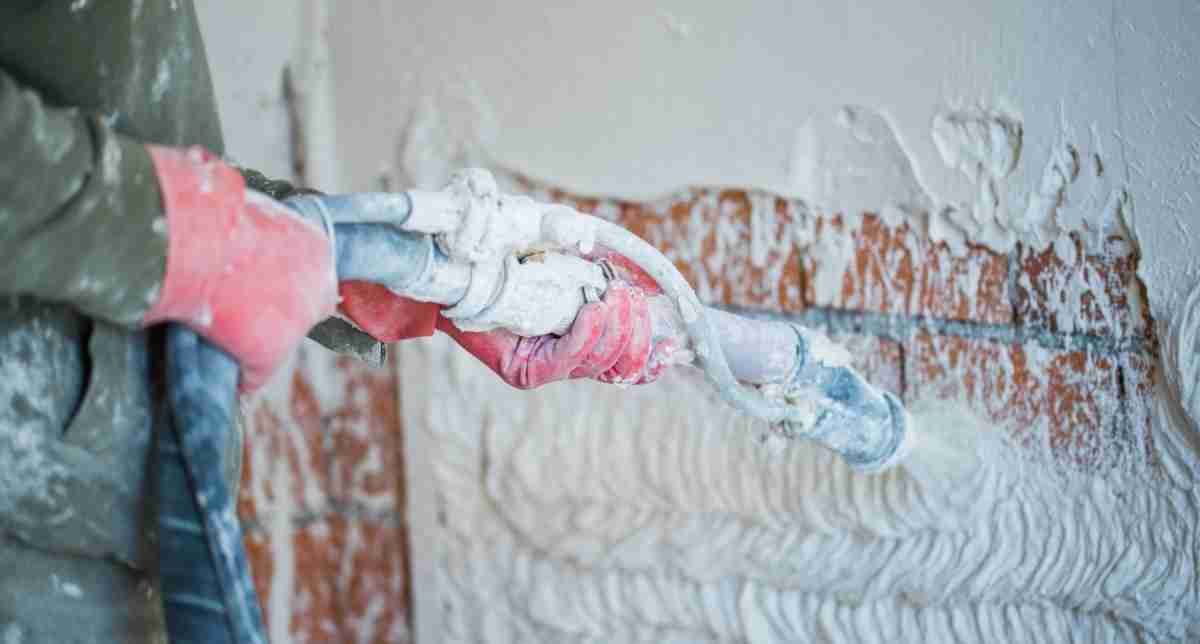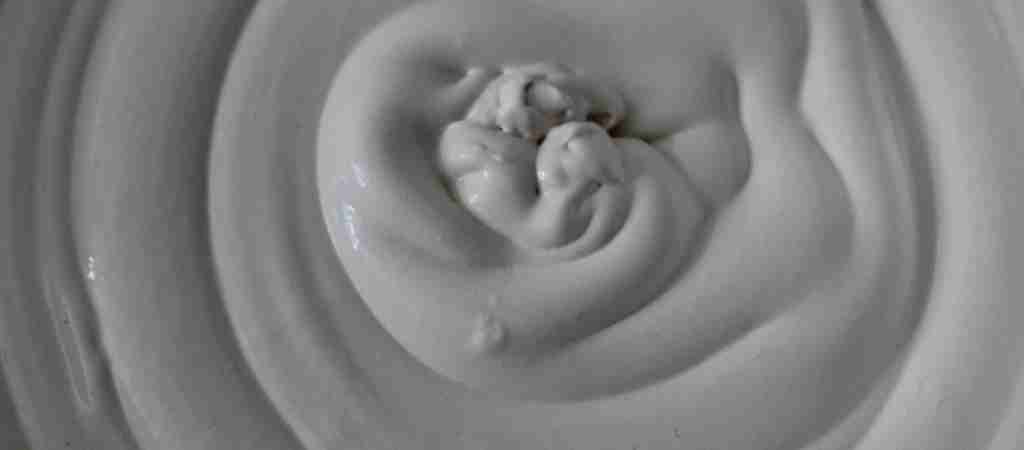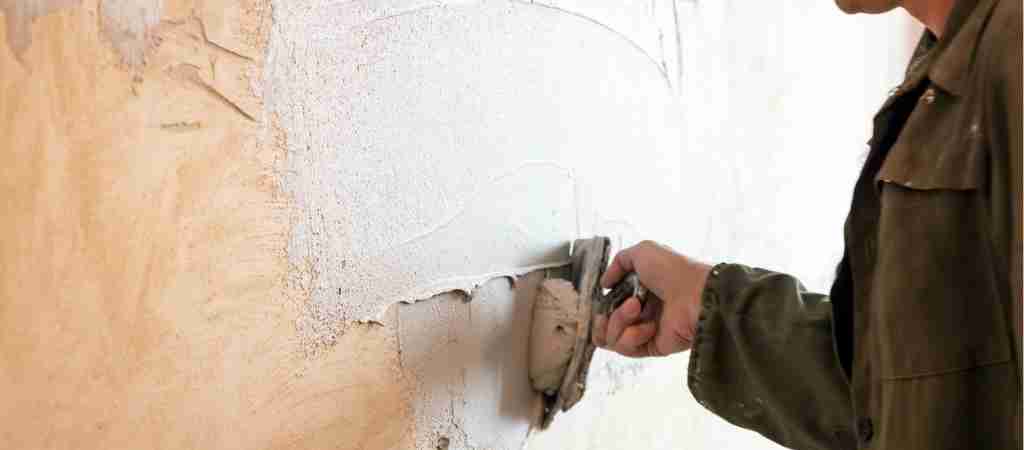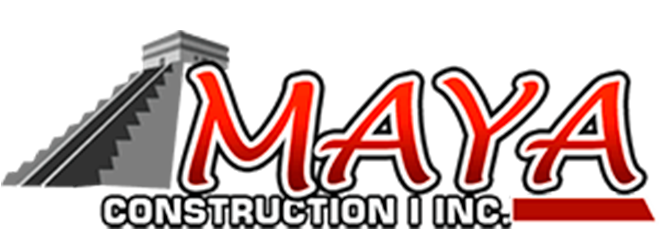
- Fri, 30 Apr 2021
- Maya Construction 1 Inc.
Which Are the Main Types of Plaster to Use?
Many homeowners tend to opt for plaster due to its durability and extended longevity. However, not many people are aware that there are multiple types of plaster to choose from. That’s why we decided to make a list of the different kinds you can find in the market.
What Is Plaster Made Of ?

Before you know the different plaster types out there, you must first be aware of their consistency.
So, what is plaster made of? Unlike stucco, plaster has different consistencies, including clay, lime, cement, mud, and even animal hair. However, its most prevalent composition comes from gypsum, sand, and water. You can find plaster as a coating for walls, ceilings, and partitions.
Due to its versatility, plaster is often an excellent choice for custom wall designs. That’s why you can find different types of plaster finishes that can suit your desires. Some of these textured finishes resemble stucco finish types, like a smooth cast, roughcast, and scrapped plaster finish.
8 Types of Plaster to Keep in Mind for Your Interior and Exterior Walls

Plaster serves multiple purposes due to its numerous benefits. For this reason, there are two main categories of plaster you should know of: topcoat and undercoat.
Professionals use plaster topcoats to ensure your wall’s smoothness. By doing so, they can paint on it without a problem. Since they are the final layer of plaster, people call them “finish coats” as well. Moreover, you can use topcoats for small patch-ups. They are watery compared to the other category of plaster.
We then have undercoats. As its name implies, they act as the base of your plastering project. For this reason, they have a different consistency compared to topcoats. It is to help hold the other layers efficiently.
By knowing the two main categories, you’ll now have a better understanding of each plaster type.
These are the eight types of plaster you should consider for your next project:
- Bonding plaster as an undercoat
- Browning undercoat plaster
- Hardwall undercoat plaster
- Tough coat plaster
- Thistle final coat plaster
- Carlite finish plaster
- One coat plaster
- Dri-coat re-plastering material
Bonding Plaster as an Undercoat
Let’s start with bonding plaster.
This type works great on most surfaces, including concrete and engineering blocks. Moreover, it doesn’t depend on a surface’s absorption levels. Thus, it provides flawless results.
Browning Undercoat Plaster
Just like bonding plaster, this type is an undercoat plaster. Professionals use browning plaster as a base for decorative features.
Hardwall Undercoat Plaster
If you’re looking for an undercoat plaster for masonry backgrounds, hardwall is your best shot. Be sure to use this plaster for walls in good conditions.
Tough Coat Plaster
Tough coat plaster is the last of the undercoat plasters. This option often works best for conditions that other undercoats can’t handle.
Thistle Final Coat Plaster
We now have the topcoats, starting with thistle plaster. It is one of the most efficient, versatile, and convenient plaster types out there. That’s why it’s a top favorite for typical plastering jobs and minor repairs.
Carlite Finish Plaster
Carlite is a popular finish coat plaster. Since it works on multiple surfaces, homeowners tend to choose it as a decorative finish.
One Coat Plaster
When looking for a plaster that’s both an undercoat and a topcoat, you should go for one coat plaster. This type often has a thicker consistency, and you can apply it either by hand or with special tools.
Dri-coat Re-plastering Material
Lastly, we have dri-coat plaster. It works best as a re-plastering material after installing a new damp-proof course. It will help keep your walls from absorbing moisture.
By knowing the different types of plaster in the market, you’ll make a wise decision about which kind is best for your place. Remember to count on our team when needing professional results.
